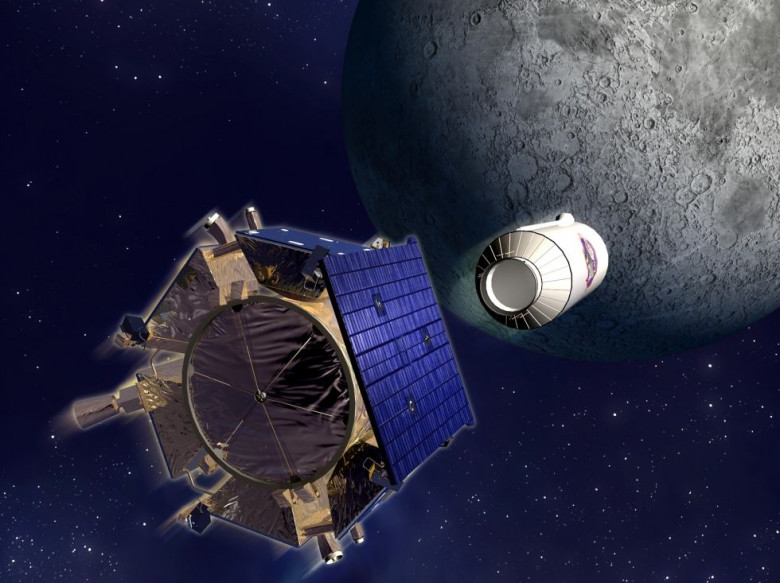Why we’re going back to the Moon - with or without NASA
It was time for the spent rocket to die. So the 2,000kg Centaur upper stage, about the size of a yellow school bus, detached from its spacecraft and began falling toward the Moon six years ago. Soon lunar gravity took hold, tugging the Centaur ever faster toward the Moon’s inky black South Pole. An hour after separation, the rocket slammed into terra incognita at 9,000kph (or roughly 5,600mph).
Named for a mythical creature with the upper body of a human and lower body of a horse, the empty Centaur burrowed several meters into a crater that had not seen the Sun’s light for billions of years. The impact kicked a plume of Moon dust as high as 20 km into space. The detached spacecraft followed just minutes later, sampling the plume. “We knew within hours that we had measured something really interesting,” recalled Anthony Colaprete, the mission’s principal investigator.










































































